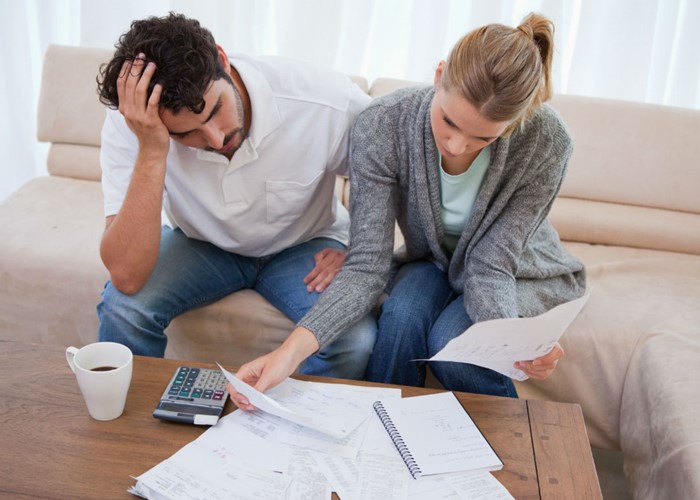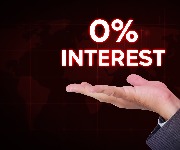Is eBay Worth It?

What's the true cost of selling on eBay? Serena Cowdy looks at whether making extra cash this way is actually worth it.
This article is now out of date. For an up-to-date comparison of eBay fees, please go to eBay, Amazon, Play.com: where to sell online for less.
eBay is probably the world's best-known internet auction site. Since its launch in 1995, buyers and sellers have been trading in the obscure, the wonderful, and downright odd.
Try searching the site for a ‘ferret muzzle' or ‘old rope' (no, really) and you'll see what I mean.
But can selling from your sofa actually make you a millionaire? Books on the subject abound, packed with helpful (and not-so-helpful) tips on what to sell, when to sell it and how to make an eBay fortune.
What's the catch?
Here, I'll try and untangle the main fees involved, and give some examples to show just how they can cut into your hard-won profits.
That way, you can decide for yourself if the whole business is worth it.
For clarity's sake, I'm going to assume that you're selling a single item, in auction (rather than fixed-price) format.
So, here we go:
Insertion fee: This is compulsory, and currently varies between 15p and £2, depending on the starting price you choose for your item.
So, an item first listed at 99p will incur a 15p insertion fee; one listed at £2 is subject to an insertion fee of 20p; and so on.
Picture fee: This is an optional fee, depending on whether you choose to add photos, and if so, how many and in what format.
eBay allows you one free photo per listing. However, if you want to make this photo a ‘gallery' shot (so buyers can see the photo on the main listings page) it will cost you 15p.
Any additional photos you add - for example, to show your item at a different angle - will cost 12p each. And you can also pay more to ‘supersize' your image and use other photo features.
Buy It Now fee: This is another optional fee. It means someone can buy the item immediately (rather than going through the auction process).
Add a Buy It Now tag, and you're charged a fee based on the Buy It Now price you set. If it's under £5.00, the fee is 5p if it's between £5.00 and £14.99, the fee is 10p; and so on.
Final value fee: This one's compulsory, and depends on the item's closing price.
If the item sells for under £30, the final value fee is 5.25%. If it's over £30, you still pay this 5.25% on the first £29.99, plus 3.25% on anything up to £599.99. And if the item sells for £600.00 or more, you also pay 1.75% on anything over this amount. Confusing eh?
PayPal fee: PayPal is an online account that stores your credit card and bank details, allowing you to pay online - and receive payment - quickly and with some protection against fraud.
You don't have to receive payments via PayPal (you can choose to be sent a cheque, for example).
However, the vast majority of buyers and sellers on eBay trade via PayPal, so if you don't, you're likely to miss out on sales.
A PayPal ‘personal' account is free to use. However, to accept credit or debit card-funded payments, you usually have to upgrade to a ‘premiere' or ‘business account.
And that's where more fees come in. You're then charged, per transaction, as follows: A flat charge of 20p, plus a varying percentage of the final sale price. If that's less than £1,500, the highest percentage applies - a hefty 3.4%.
Good to know: To make things even more confusing, there are category-specific selling fees that apply to certain items, including mobile phones, books, DVDs, video games and lots more - so check whether any of these apply to you before you start.
And finally, it's worth pointing out that some fees are changing. Many eBayers have complained that these changes will benefit big sellers, while the smaller fry lose out.
Want more detail? Click here for eBay's full fee breakdown.
What does it all mean?
Let's look at three examples to see how all those fees affect you.
1.) You list a pair of shoes at 99p, they sell for £10.00:
|
+£10.00 |
|---|
|
- 15p (insertion fee) |
|
- 52p (final value fee) |
|
Total remaining = £9.33 |
So, only taking into account strictly compulsory fees, you'll lose 6.7% of the sale price.
However, what if you set a higher start price, include some photos and want to accept payment by credit card?
2.) You list a pair of shoes for £5.00, they sell for £10.00:
|
+ £10.00 |
|---|
|
- 35p (insertion fee) |
|
- 52p (final value fee) |
|
- 28p (gallery shot plus one additional photo) |
|
- 54p (Paypal fee) |
|
Total remaining = £8.31 |
In this case, you've lost a hefty 16.9% of the sale price.
And if you're item sells for a very low amount, you could end up with almost nothing at all:
3.) You list a pair of shoes for 99p, they sell for 99p:
|
+ 99p |
|---|
|
- 15p (insertion fee) |
|
- 5p (final value fee) |
|
- 28p (gallery shot plus one additional photo) |
|
- 23p (Paypal fee) |
|
Total remaining = 28p |
In other words, you've lost a whopping 71% of the final sale price.
So what's the best way to sell?
Predictably, strategies vary widely.
I'm a (very!) amateur, small-scale seller. I generally start my items low (to minimise insertion fees) and try and make sure my listings end on a Sunday (when lots of people are net surfing).
And I always pay extra for gallery shots, as it does seem to boost bidding numbers.
Just remember to factor in all the time you spend fiddling about. Cleaning up, photographing and listing an item, answering buyer questions, packaging it and taking it to the post office may add up to a good few hours work.
End up with just a few quid, and you may decide there are more time-efficient ways of making money.
If you've decided that eBay isn't worth it, keep an eye out for my next article looking at other ways to trade online.
Amazon Marketplace, eBid and Gumtree are just some of the alternatives keen to help you sell.
Most Recent
Comments
Be the first to comment
Do you want to comment on this article? You need to be signed in for this feature







